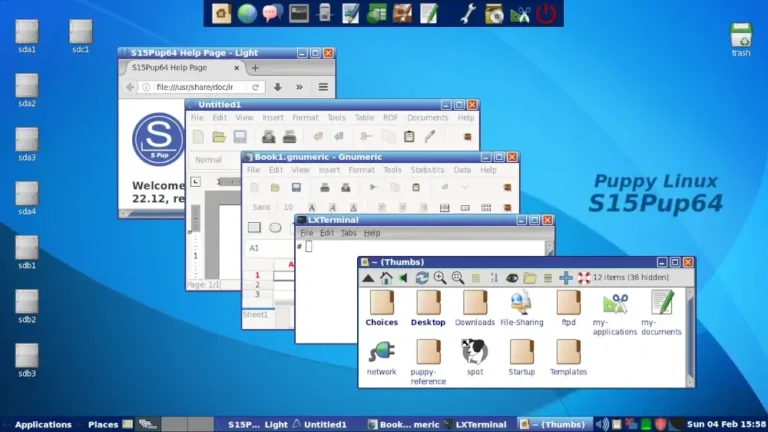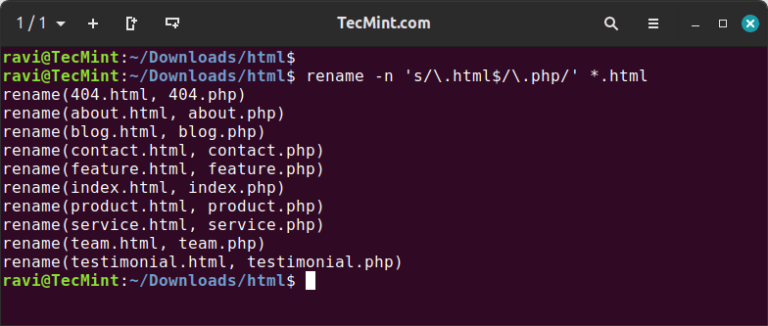Tools like Pcloudy offer a wide array of real devices and automated testing solutions to help developers ensure their apps perform flawlessly across different languages and regions. With Pcloudy, you can streamline your localization testing process and achieve higher accuracy and efficiency.
Gendered Languages: Some languages like Spanish or French require adjectives and nouns to agree in gender. Overlooking these grammar rules produces nonsensical or unintentionally awkward translations.
Linguistic Localization Landmines
In-Market Feedback: Continuously gather usability insights from in-region testers and native users throughout the development lifecycle. Their linguistic and cultural context is invaluable for validating intuitive localized experiences.
Something went wrong.
Design preferences and notions of usability are heavily culturally influenced, and products are received differently across markets.


Launching an app across multiple languages simultaneously adds an extra layer of complexity for QA teams. Comprehensive testing matrices must be constructed to validate all language versions in unison before a broader release. Ensuring language interoperability becomes critical – users should be able to seamlessly switch between languages, even mid-session, without hiccups or data corruption.
In today’s interconnected world, users from diverse cultures and backgrounds demand access to apps in their native tongues. This presents a massive challenge for developers tasked with ensuring consistent and seamless experiences across multiple languages and regions. A poorly localized app risks alienating whole user bases and hampering growth potential. Thorough multi-language and multi-region testing is therefore critical for any app targeting global audiences. However, this testing labyrinth is fraught with unexpected pitfalls, requiring careful navigation. Mobile app testing is crucial to ensure quality user experiences across diverse devices and platforms.
Handling Multiple Simultaneous Releases
Translating strings is only scratching the surface when adapting an app for new markets. Linguistic and cultural nuances run far deeper, potentially causing confusion or offense if overlooked. Cloud-based mobile app testing services provision real devices at scale, enabling more thorough in-the-wild validation.
Hand Gestures/Body Language: Gestures and hand signals considered polite or offensive vary across cultures. Embedding physical motions into app UIs demands careful vetting to avoid insensitive displays.
Idioms/Figurative Speech: Metaphors, idioms, and sayings are highly language and culture-specific. Literal word-for-word translation often fails to convey the intended meaning and can cause confusion.
Globalization Usability Hiccups
We respect your privacy and take protecting it seriously
Failure to harmonize multi-language releases can severely undermine an app’s global appeal and brand reputation. Comprehensive test plans covering functionality, usability, security, and compatibility are cornerstones of robust mobile app testing processes.
Date/Number Formats: Presentation of dates, times, and numbers follows divergent regional conventions regarding element ordering, decimal separators, leading zeroes, and calendar systems. UI components must handle these variable formats.
Collation Rules: Most users expect strings sorted per the linguistic customs of their language/region. However, these sorting/collation rules are complex, governing the precedence of accented characters, combined glyphs, case sensitivities, etc.
Directional Differences: Right-to-left scripts like Arabic and Hebrew necessitate flipping the entire layout’s direction rather than just translating strings left-to-right. Standard UI patterns and interactions must be reinvented.
Platform Tools: Mobile OS platforms and frameworks offer localization-focused testing capabilities like pseudo strings, globalized inputs, and format rule validation. Leverage these built-in toolsets for efficient internationalization assurance.
Pseudo-Localization: Surface localization bugs cost-effectively by fuzzing app strings into extreme multi-byte character confounding combinations. This simulates globalization stresses without full translation costs.
Conquering Localization Complexity Through Testing
Color Associations: Color symbolism and meanings vary across cultures. For example, red is associated with luck in China but mourning in South Africa. Designing interfaces without considering these context-specific color associations risks user misinterpretation or offense.
Text Expansion/Contraction: When translating between languages, word counts often increase or decrease significantly. This variance in text length requires dynamic UI elements that can expand or contract to prevent overcrowding or truncation issues.
Subscribe to Our Newsletter and Get Your First Deal Delivered Instant to Your Email Inbox.
With myriad potential cross-cultural pitfalls, thorough mobile app testing is imperative for tackling international markets.
Image/Graphic Appropriateness: Photographs and illustrations deemed acceptable in one market may violate cultural taboos elsewhere. Comprehensive reviews by local stakeholders mitigate unintended insult.
Icon Iconography: Seemingly universal icons can hold subtle alternate meanings in different locales. Relying solely on recognizable symbols is an unsafe assumption; contextual validation is critical to ensure proper user comprehension.
When issuing app updates, all language versions must deploy in perfect synchronization to avoid asymmetries that can cause experience inconsistencies. Dedicated processes like release checklists should be formalized to thoroughly vet each localized build prior to public rollout.
Input Modality: With diverse alphabets and scripts globally, developers must accommodate a wide array of text input methods – Latin QWERTY, Arabic right-to-left, Indic scripts, and more. Flexible input handling is key to quality typing experiences.
Conclusion
Achieving high-quality multi-language mobile experiences demands immense effort and attention to detail. Underestimating cultural and linguistic complexities is a surefire path to brand embarrassment and user abandonment. However, conquering the multilingual mobile app testing gauntlet unlocks exciting new markets and revenue streams. With robust localization processes in place, developers can unleash their apps to global user bases, confident in providing universally delightful and tailored experiences. An upfront investment in comprehensive multi-region testing paves the way for scalable international growth.
Where Should We Send
Your WordPress Deals & Discounts?
Planning is Critical: A comprehensive upfront roadmap covering all target languages and regions is crucial. Identify localization requirements and risk areas, prioritizing testing scope to laser focus on the highest-impact flows.
Thank you for subscribing.
Automation: Construct automated testing suites covering core localization use cases to rapidly surface regressions with each build. This ensures localization quality keeps pace with development velocity.
Spatial Orientations: Cultural norms around spatial metaphors like up/down, forward/backward, and right/left don’t directly translate between languages. Mapping these regional conceptual models into standardized UI flows presents unique usability challenges.





